He next approached Samuel Wyatt, an architect whose practice was based in London, but who had undertaken two important commissions in Cheshire, one for Sir Thomas Broughton at Doddington Hall and the other for Sir Thomas Stanley at Hooton Hall. Christopher had met him through his in-laws, the Egertons of Tatton, with whom Wyatt had become acquainted while working on these projects and who were regular patrons of his. The first design he showed to Christopher was certainly imposing. It consisted of a seven-bay front with a shallow dome supported on columns – two single and two pairs – over the three central bays, all above arched ground-floor windows and a semicircular ground-floor porch. It was rejected by Christopher, possibly because he found it too fussy.
True to form, and probably what he had in mind all along, Christopher now tried his own hand, producing a scheme which married elements of both the Carr and Wyatt designs, but introduced a note of striking simplicity. Keeping the scale of the elevation the same, he reduced the seven bays to three, using tripartite windows on both the first- and ground-floor levels, with the central dome replaced by a pediment supported on two pairs of columns. Considering that Christopher was an amateur competing with two of the most renowned architects of the day, he made a remarkable job of his design, and it was upon his drawings that the final scheme drawn up by Wyatt was based. Gone would be the old-fashioned house built by Uncle Richard. In its place would rise up an elegant country seat in the very latest neo-classical style, that would be a monument to the success and aspirations of its owner. The main rooms, off a central staircase hall, were to be a library, drawing room, music room and dining room on the ground floor, and a long gallery on the first floor.
Most patrons building on the scale that Christopher was doing would have employed a competent builder or carpenter as clerk of works to oversee the progress of the project. This was how many young men who went on to become successful architects began their careers. Carr, for example, had worked in this capacity for the financier, Stephen Thompson, at Kirby Hall, and Wyatt for Lord Scarsdale at Kedleston. Characteristically, Christopher, as well as acting as executive architect, decided to be his own clerk of works, which brought an added cohesion to the whole scheme. It also meant that since he was the person corresponding with the various contractors, his preserved letters go a long way to telling the story of the building of the house.
The intention was to build two new cross-wings to the north and south of the 1750 house thus creating a new and much larger building on an H plan, the whole to be encased in Nottinghamshire stone. Work began in 1787. The stone proved problematical from the start, since it had to travel a great distance, and Christopher was to conduct a running battle with Mr Marson, the foreman of the stone quarry at Clumber, Nottinghamshire, from which it was dug. The grey limestone was then shipped up the River Trent to Hull, from where it was transported up the River Hull and the Driffield Canal to Driffield. It was then carried the last eight miles of its journey by wagon, a slow and arduous trip for the heavy horses who had to drag it uphill all the way from the flatlands of Driffield to the uplands of the Wolds. Obtaining it in the right sizes and quantities, at the right price and on time, provided him with many a headache. ‘Till the last load or two,’ he wrote to Marson in July, 1788, ‘when our Vessel arrived at Stockwith, there was only one Boat load ready for her & she had to wait for another Boat returning from the Quarry. That the additional Expence has been on our side & hope you will allow me ½ d . a foot the disadvantage. But seriously I believe all sides will be well satisfied if you could have one Load upon the Wharf & two Boats loaded against the Vessel gets to Stockwith, & the Captain or master can tell them within a Day or two at most when that will be.’ 29
He wrote another letter to Marson in August, complaining bitterly of his failure to deliver materials on time. It painted a vivid picture of the situation on site a year into the building work. ‘The House wch. we are obliged to live in, having no other,’ he wrote, ‘ is laid open on evry side , & will be till the facia is put on, as my New Additions entirely surround my Old House. When you Read this wch. I wish you would do every Monday Morning & consider my Situation with a large family, you must not be of Human Materials if you do not Employ all Hands to get me stone for one Vessel not to wait an Hour & two Vessels if possible. I assure you upon my Word we have not stone here for fourteen days Work without turning away the Hands we have employed all Summer & without wch. we cannot live in my House this Winter.’ 30
The scene must have been one of chaos, with Uncle Richard’s perfect, neat house opened up on all sides, new walls rising all around it beneath a forest of scaffolding, the air filled with a cacophony of noise – the shouts and curses of the workmen, the creaking and shrieking of the ropes and pulleys, the banging of tools, the rumbling of the arriving and departing wagons, and the neighing of horses. The family were tormented by dust and Christopher wrote that they were surrounded by ‘hills of Rubish’. 31 To cap it all, Bessy’s favourite dog, a Pomeranian bitch called Julia, was at death’s door. ‘How sorry I am to hear of her dangerous state,’ wrote her son’s tutor John Simpson to Christopher in October, ‘I am afraid Lady Sykes will take it too much to heart. I wish she wou’d never have another favourite dog. It is a Dog’s life to have to mourn for the loss of them every six or seven years.’ 32 The problems with the quarry dragged on. ‘I entreat you will use every effort to send us immediately some large Stones,’ Christopher wrote to Marson on 4 October, ‘which we wrote for so long ago & three Col[umns]: we cannot conclude our Work without them this Winter, and shall be all at a standstill in a Week’s Time.’ 33
The outside walls appear to have been up by April, 1789, which was a crucial year in Christopher’s life, in that it was when he made his decision to give up politics, sell his London house, and devote all his time to Sledmere. This is not so surprising when one considers how much time and energy he was giving over to his great project, leaving little room in his life for the machinations of the political world. He also liked to be at the helm and could never have been happy as a small cog in a large wheel. Bessy hated the political and court life, and this too may have been a factor in his decision. He broke the news to his constituency at the beginning of June, writing to his agent, Mr Lockwood, ‘I have given up every thought of Standing again for Beverley. When I came the last Time it was done on a sudden, & I find a steady attendance at the House of Commons not consistent with my health, or consonant to my feelings & mode of Life.’ 34
In anticipation of the completion of all the stonework by the end of the year, Christopher now embarked on the next stage of the work on the new house, which was to consider the interior decoration. While helping out a neighbour, Sir Thomas Frankland, with designs for the improvement of his house, Thirkleby Park, near Thirsk, he had been introduced to the work of Joseph Rose, one of Robert Adam’s leading decorators, whose work included the ceilings of the Gallery at Harewood, the Library at Kenwood, the stuccoes of the Hall at Syon and the ceiling of the Great Parlour at Kedleston. ‘I am building a large House,’ he wrote to Rose on 26 July, ‘& thro the Recommendation of Sir Thos. Frankland, & your General fame wish you to undertake the plaistering … I intend to finish very slowly as I wish the Work to be well done neat & Simple rather in the Old than New Stile nothing Rich or Gaudy, but suiting to plain Country Gentn.’ 35 He asked him to come as soon as possible, and in a further letter expressed his wish that ‘ all the Men you employ here will not be sent from London as I have a particular pleasure in employing Persons in my Neighbourhood when it can be done consistently with the Work being well executed, & they are usually well acquainted with the Nature of the Materials’. 36
Читать дальше
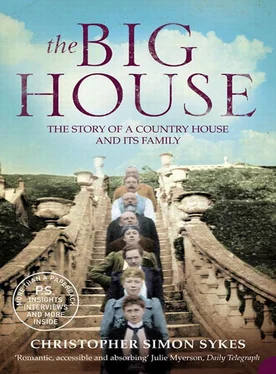
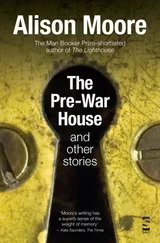

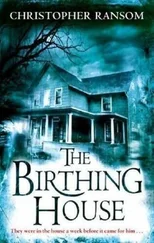

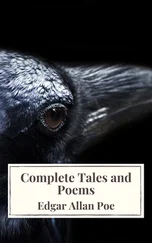

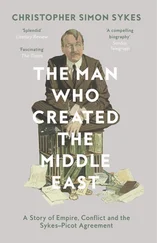
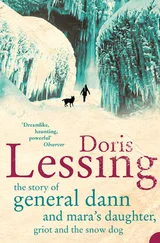
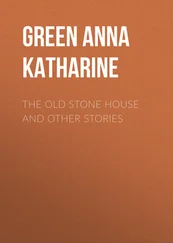


![Edward Ellis - Adrift on the Pacific - A Boys [sic] Story of the Sea and its Perils](/books/753342/edward-ellis-adrift-on-the-pacific-a-boys-sic-s-thumb.webp)